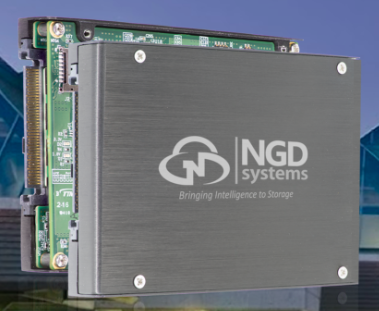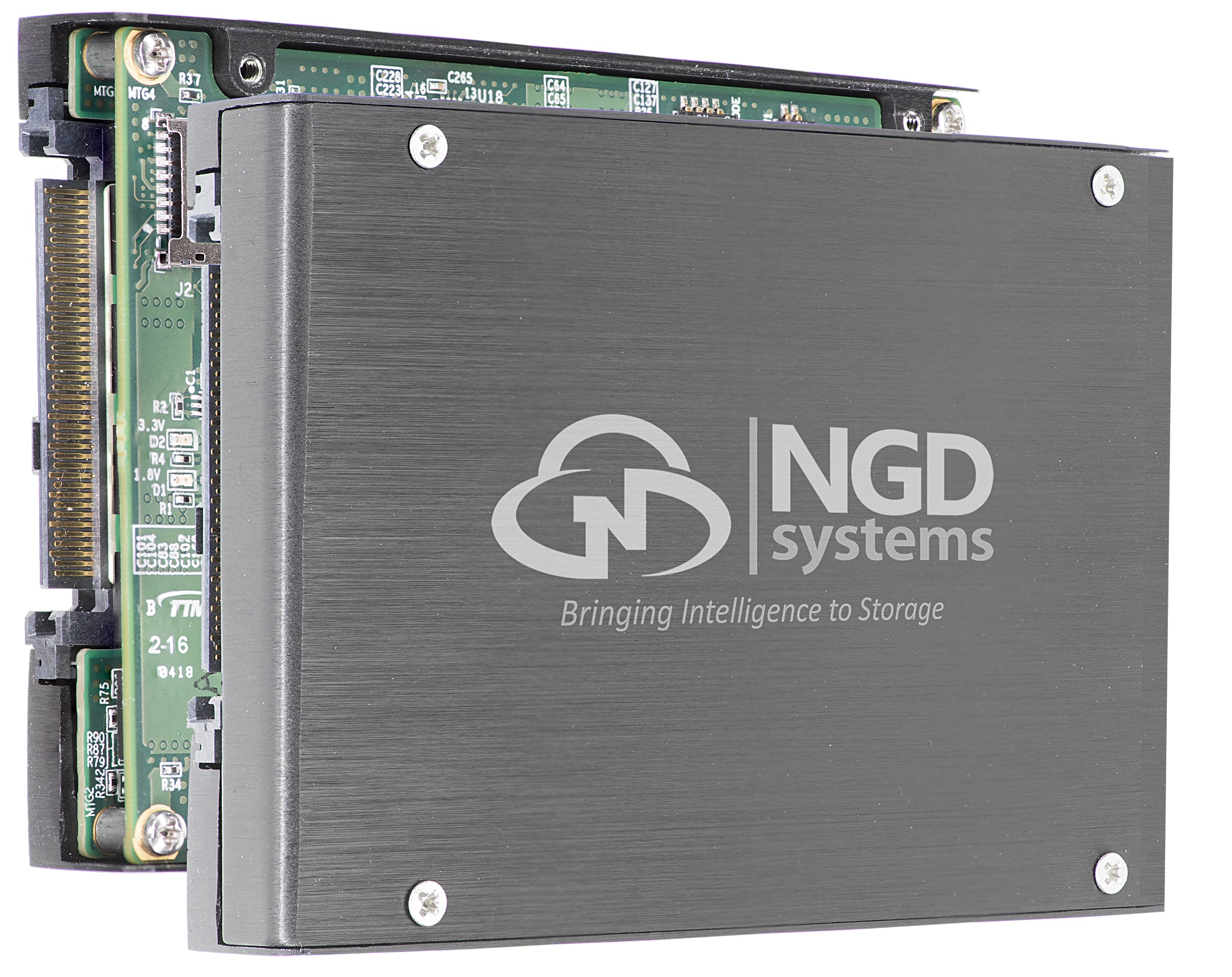Compute-in-storage pioneer NGD has raised $20m in a C-series round to develop production of its technology and invest in sales and marketing.
The investment was led by MIG Capital with participation from Western Digital Capital Global, and existing investors including Orange Digital Ventures, Partech, BGV and Plug-N-Play.
NGD Systems was founded in 2013 and raised $6.3m in 2016, $4m in 2017 and $12.4m in 2018. This round takes total funding to $45m.
Dan Flynn, president of Western Digital Capital, said: “As applications such as AI and ML continue to accelerate the proliferation of edge computing, new storage solutions are needed to address their evolving and dynamic workloads. Leveraging the power of NVMe, NGD Systems’ innovative Computational Storage Drives (CSDs) are purpose-built to support the volume, velocity and variety of data at the edge.”

NGD builds in-situ processing Newport SSDs and its latest product is a 4TB or 8TB M.2 format SSD with an on-board ARM Cortex-A53 core running a 64-bit version of Ubuntu Linux. It has an NVMeoF link to the host server. This followed on from a 16TB 2.5-inch format product launched in March 2019.
NGD characterises its focus in general as localised analytics/processing of mass data sets. Nader Salessi, NGD Systems CEO, said: “NGD is solving issues that no other legacy storage architecture can address.”
It has two main markets: the developing data-intensive edge server market and the AI/ML scene. Others include content delivery networks and hyperscalers. The company says they all need to process large amounts of data quickly. Processing some of this data at drive-level without moving it to the host server CPU or GPU gets tt work done faster and offloads the host CPU.
Customers could be organisations with this processing need or public clouds wanting to offer such services. Booking.com is one such customer. Peter Buschman, product owner, storage at Booking.com, quoted in NGD’s funding announcement, said: “Two of our key datacenter metrics are Watts/TB and write-latency. At only 12W of power for a 32TB NVMe SSD, we found the NGD Systems drives to be best in class with respect to this combination of characteristics.
“The latency, in particular, was consistently low for a device with such a small power draw. With power, not space, being our greatest constraint, and environmental impact a growing concern, this technology holds great promise for use in next-generation datacenter environments.”
Our take
We might envisage an edge computing environment with streaming data fed to Newport drives which automatically process it in some way and alert a host server CPU to the results. The host server might also command the NGD drives to tune on-drive processing jobs in parallel and then deliver the results for higher-level processing. That could lower overall latency considerably.
Blocks & Files also thinks intelligent SSDs, like Newport, could provide on-drive object storage and/or key:value storage. The on-drive CPU is just another general-purpose processor, not specifically engineered to do a particular job, like an ASIC or FPGA.
These drives are application-specific drives in effect, with the application coded for the drive’s CPU and interacting with a host server’s application suite.








